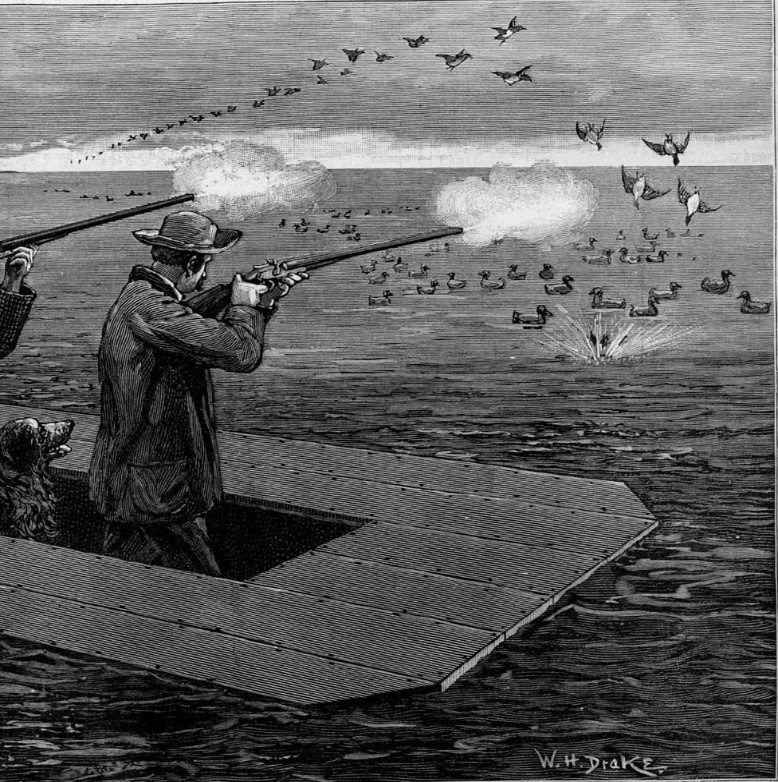Rules of Rulemaking: the Canard of Consistency

In earlier posts, I have discussed two canards about rulemaking in North Carolina
- Authority for rulemaking is rarely in question and easily found; more critical is whether there are “adequate guiding standards”
- Rules have the same legal power as statutes, among other things binding the agency as well as persons outside the agency
I will finish this series on some core beliefs about rulemaking with an environmentally-centered, critical look at this final canard:
- Rulemaking processes should be consistent from authorization to judicial review
Frankly, no one who practices or follows environmental law in this State could take seriously the claim that the legislature cares much about consistency in administrative law processes, such as rulemaking. What do they care about, and how should judges review their grants of authority, if not by seeking consistency, a long and hallowed hallmark of legal fairness?
Read More →

